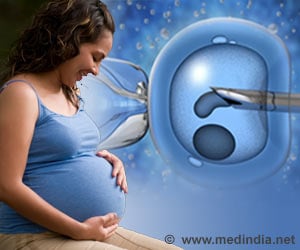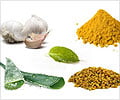Highlights
- Sofia was diagnosed with gastroschisis while she was still in the womb.
- Her intestines had to be wrapped in a cling foil and kept in a plastic bag to keep her alive for surgery.
- Sofia’s mother believes that her craving for pineapple during pregnancy could have caused this condition.
In this condition, the abdominal wall of the unborn baby is not fully developed. This causes the intestines to protrude through a small hole in the wall and develop outside.
This rare condition occurring in around one in 3000 births.
Pregnant women who drink, smoke, take drugs, have a bad diet or are under 20 years of age have higher chance of giving birth to babies with gastroschisis.
Blame the Pineapple Craving
Suzanne who is a professional dog walker, is a size six vegetarian and health fanatic.
The exact cause of the condition is unknown but previous research has found that the pesticide atrazine increases the likelihood.
Atrazine is commonly used chemical in cultivating pineapple. It was banned in UK in 2007.
US researchers discovered the link between the chemical and gastroschisis in 2010.
Sofia’s Progress-
The newborn’s insides had to be wrapped in cling film and kept in a plastic bag immediately after birth, to keep her alive long enough for a life-saving operation.
Those organs that could not be implanted immediately were placed in a silo bag for two days while they gradually returned to her body through gravity.
“When I gave birth to my eldest, Jack, 14, things were completely different and I got that skin-to-skin contact right away. To not have that was really distressing,” she said.
The most difficult thing for Suzanne was to not to be able to hold her little daughter right after birth.
Sofia had to stay in hospital for another five weeks while her feeds were increased from 1ml of milk every hour to 42ml of milk every three or four hours.
Sofia made good progress until her face swelled and she was diagnosed with deadly blood infection sepsis.
But the ‘warrior princess’ fought battle with the infection and is finally home.
There is a long road ahead for Sofia, who still only weight 5.15lbs.
Suzanne added “She is not completely out of the woods yet and she is still really tiny. She’s like a little doll but she is incredibly strong and resilient. I’m so proud.”
References
- Gastroschisis - (https://www.medindia.net/patients/paediatrics/gastroschisis-about.htm)
Source-Medindia















